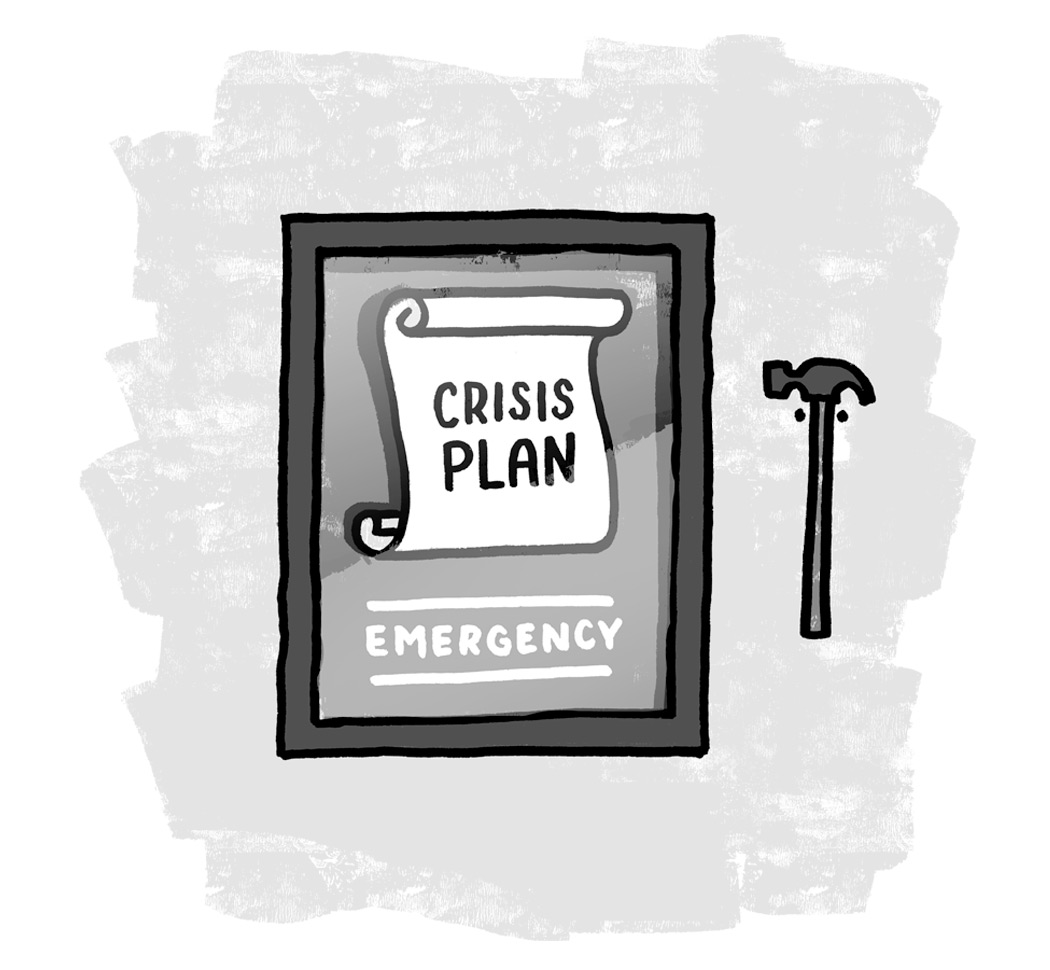5 tips for protecting your organization in 2018

It’s Friday at 6 p.m. and the phone rings. “There’s been a crisis,” the CEO shouts. “What do we do? What do we say?”
It’s a public relations professional’s worst nightmare.
From United Airlines’ forcible removal of a passenger to Pepsi’s infamous Kendall Jenner commercial, there was no shortage of PR crises to learn from in 2017.
PR pros can’t always prevent a crisis, but they can ensure they are prepared for one. Having a response plan allows companies to respond in a timely manner, a critical factor in today’s never-ending news cycle, where the speed at which a crisis can escalate is staggering.
Here are five proactive steps every communicator can take to protect their organization in the year ahead:
1. Create and update the crisis communications plan.
Effective crisis communication plans outline roles, responsibilities and protocols that ensure information is shared efficiently. If your company doesn’t have a plan, create one ASAP.
If your company has a crisis plan, now is a good time to review its finer points and update it as necessary. Have roles and responsibilities or the contact information of key team members changed? Have any spokespeople left the company? Something as simple as a wrong phone number could significantly hinder the timely flow of information.
Think through any crises or potential crises your company experienced this past year. Did information flow smoothly and efficiently? The end of the year is a great time to review the internal communication protocol with key internal stakeholders and discuss what worked well and what could be improved upon.
2. Identify threats and draft holding statements.
While full message development cannot be created until a crisis happens, holding statements allow a company to respond quickly.
If a communications plan already exists, it’s important to review the potential threats and holding statements tailored for each specific scenario. Are those threats still viable? Are there new threats to consider? Consider situations that were faced by your competitors, as well as other industries in the past year.
This is also a good time to review all your current holding statements and ensure each one includes the key components of any message: acknowledgement of the situation, a values statement, action/approach, and expectations. More important, ensure each holding statement demonstrates care. The single biggest predictor of reputational harm in a crisis is the perception that a company does not care.
3 . Set up and review media monitoring.
Real-time media monitoring across multiple platforms, including news sites, television, radio, blogs and social media channels provides insights, informs strategy and is critical in crisis situations. If you don’t have media monitoring, there are many free and paid tools available to consider such as Google Alerts, TVEyes, Critical Mention, Cision and more.
If your company has a media monitoring service, review the keywords and mediums the service is searching and align them with the potential threats your organization has developed holding statements for as well as any new threats you have identified. Don’t forget to set up email alerts for key crisis communications team members to be notified quickly.
A review of new tools available for monitoring might also make sense this year, as some are new to the market and some old workhorses have added new capabilities.
4 . Identify spokespeople—and give them media training.
Organizations that respond well in a crisis identify and train key stakeholders in advance. Notice that “s” on the end? Having multiple representatives prevents a company from having to wait for hours to respond in a crisis.
Remember the BP oil spill? The company did not respond for 14 hours because the CEO was flying to the U.S. from England when the news broke.
Additionally, different spokespeople can have different applications for a variety of crisis situations, depending on their subject matter expertise as well as their communication skills. Some spokespersons, for example, can deliver a beautiful speech to a packed room but freeze in a one-on-one camera interview. Matching a spokesperson’s subject matter expertise and communications skills will help a company put their best foot forward.
Remember that continual training is needed to keep skills fresh. If it has been a while since you team got a refresher course, this is a good time to schedule a workshop.
5 . Break down walls.
Many times, in a crisis, there are multiple stakeholders needing to communicate across multiple channels, such as email, website, social media, media outreach and others. Consistent and timely communication is critical to protecting a company in crisis. If silos exist, acknowledge them and work internally to identify solutions.
However, it’s not just addressing a crisis where silos can be harmful, it’s also preventing them. For example, the situation may begin on social media and before you know it, it has escalated, and TV stations are calling. Teams who work in concert to identify potential threats and elevate them to other team members have the greatest ability to address and prevent a crisis before it happens.